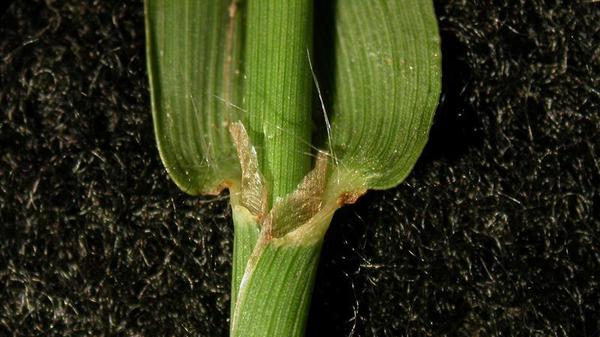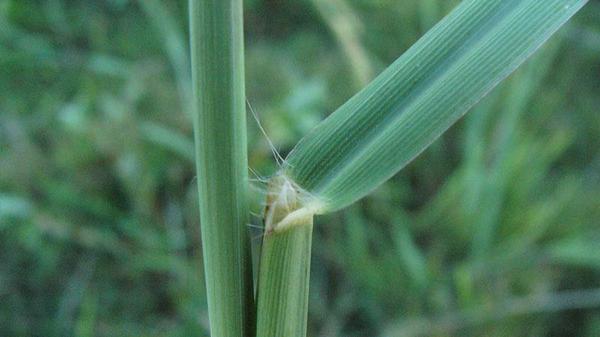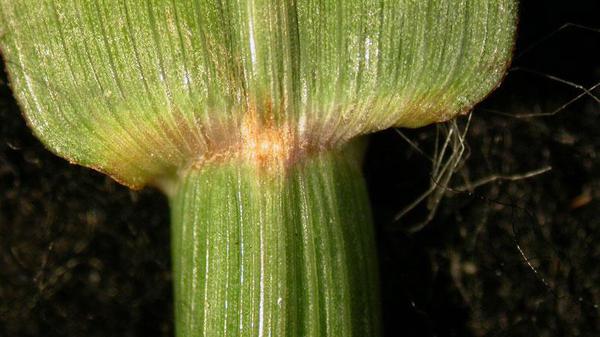Dallisgrass
en Español / em Português
El inglés es el idioma de control de esta página. En la medida en que haya algún conflicto entre la traducción al inglés y la traducción, el inglés prevalece.
Al hacer clic en el enlace de traducción se activa un servicio de traducción gratuito para convertir la página al español. Al igual que con cualquier traducción por Internet, la conversión no es sensible al contexto y puede que no traduzca el texto en su significado original. NC State Extension no garantiza la exactitud del texto traducido. Por favor, tenga en cuenta que algunas aplicaciones y/o servicios pueden no funcionar como se espera cuando se traducen.
Português
Inglês é o idioma de controle desta página. Na medida que haja algum conflito entre o texto original em Inglês e a tradução, o Inglês prevalece.
Ao clicar no link de tradução, um serviço gratuito de tradução será ativado para converter a página para o Português. Como em qualquer tradução pela internet, a conversão não é sensivel ao contexto e pode não ocorrer a tradução para o significado orginal. O serviço de Extensão da Carolina do Norte (NC State Extension) não garante a exatidão do texto traduzido. Por favor, observe que algumas funções ou serviços podem não funcionar como esperado após a tradução.
English
English is the controlling language of this page. To the extent there is any conflict between the English text and the translation, English controls.
Clicking on the translation link activates a free translation service to convert the page to Spanish. As with any Internet translation, the conversion is not context-sensitive and may not translate the text to its original meaning. NC State Extension does not guarantee the accuracy of the translated text. Please note that some applications and/or services may not function as expected when translated.
Collapse ▲Description
Dallisgrass (Paspalum dilatatum), field paspalum (Paspalum laeve), and thin paspalum (Paspalum setaceum Michx.) are common perennial weeds in turf, and are some of the more difficult-to-control weeds. All three species resemble each other very closely, and field paspalum and thin paspalum are often mistakenly called dallisgrass. Thin paspalum has a glossier, more shiny leaf when young than dallisgrass. Dallisgrass leaf appearance is very similar to crabgrass, which is a dull green appearance.
Cultural Control
Dallisgrass, like other perennial paspalums, is one of the more difficult-to-control weeds in turfgrasses. Perennial grass weeds such as dallisgrass are not desirable as turfgrass species under any conditions. Therefore, every effort should be made to prevent these weedy grasses from becoming established in turf, as selective control measures are usually difficult. Maintaining a dense, healthy turf year round by proper mowing and fertilization helps prevent encroachment and weed establishment.
Species Data
- SEEDHEAD / FLOWER
- VERNATION TYPE
- leaves rolled in the bud
Figure 5
- leaves rolled in the bud
- LIGULE TYPE
- GROWTH SEASON / LIFE CYCLE
- perennial weed
- AURICLE TYPE
- LEAF BLADE TIP SHAPE
- sharp-pointed; flat, sharply creased, not hairy or with a few hairs at base, hairs behind ligule, edges smooth or rough
Figure 10
- sharp-pointed; flat, sharply creased, not hairy or with a few hairs at base, hairs behind ligule, edges smooth or rough
- LEAF BLADE WIDTH
- 0.28 - 0.6 inches (7 - 15 mm) wide
- STOLON PRESENCE
- absent
- RHIZOME PRESENCE
- present; occasional and very short
- COLLAR TYPE
- SHEATH MARGIN
- split with overlapping margins
- SHEATH TYPE
- flattened; sheath is not densely hairy, often has long hairs near base of plant; slightly creased
















